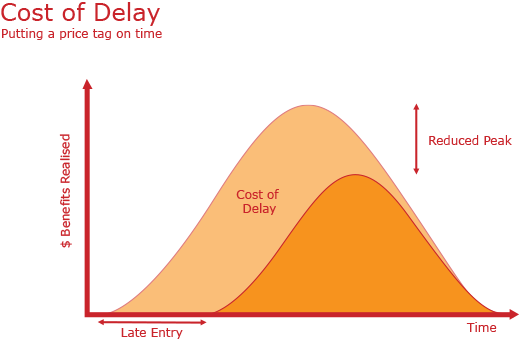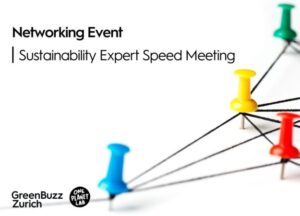Every company has experienced this issue: you have hundreds of projects to tackle and all of them seem equally important. The question of how to proceed seems simple: you assign employees to each project and get down to business. Time passes, but none of the projects are really making headway and you’re not meeting your deadlines.
What happened?
When you chose which projects to work on, you focused on using your team to its full capacity while staying on-schedule and within budget – but you ended up taking on too much. Many people believe that efficiency means distributing your employees across several projects in order to get them working at full capacity, but in fact, this has the opposite effect: the lack of focus leads to a slowdown. Market entry happens later than scheduled – often for more than one product.
What to do?
Ask yourself this question: what does a delayed market entry really cost us? Delays frequently allow competitors to get their products on the market – and their hands on your target customers – before you do. This means you need to decide whether it’s really worth spreading resources across so many projects when it leads to a delay in sales.
Cost of Delay as a success factor
This is where Donald G. Reinertsen’s ‘Cost of Delay’ parameter comes into play: it states how much delaying a product’s market entry costs per month. Interestingly enough, this parameter is rarely ever considered. If it is used, it is usually only roughly estimated, often being off the mark by a factor of 10 or more. For a more precise result, it is possible to calculate the Cost of Delay using simple formulas. To achieve a competitive advantage, it therefore pays to take the Cost of Delay into account when making decisions.
Want to find out more about Cost of Delay? Contact us for a non-binding consultation!
Illustration following Don Reinertsen: The Principles of Product Development Flow




